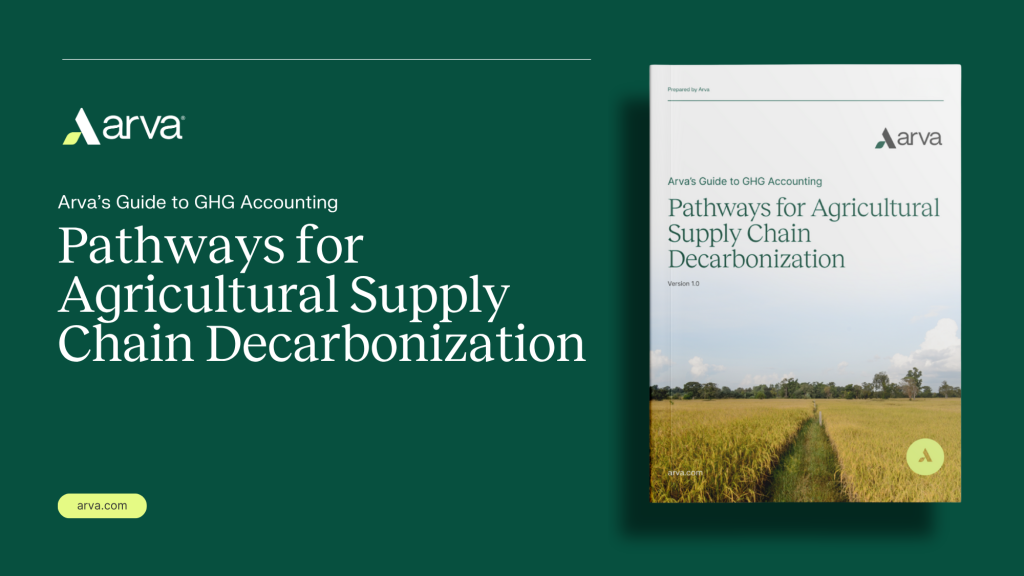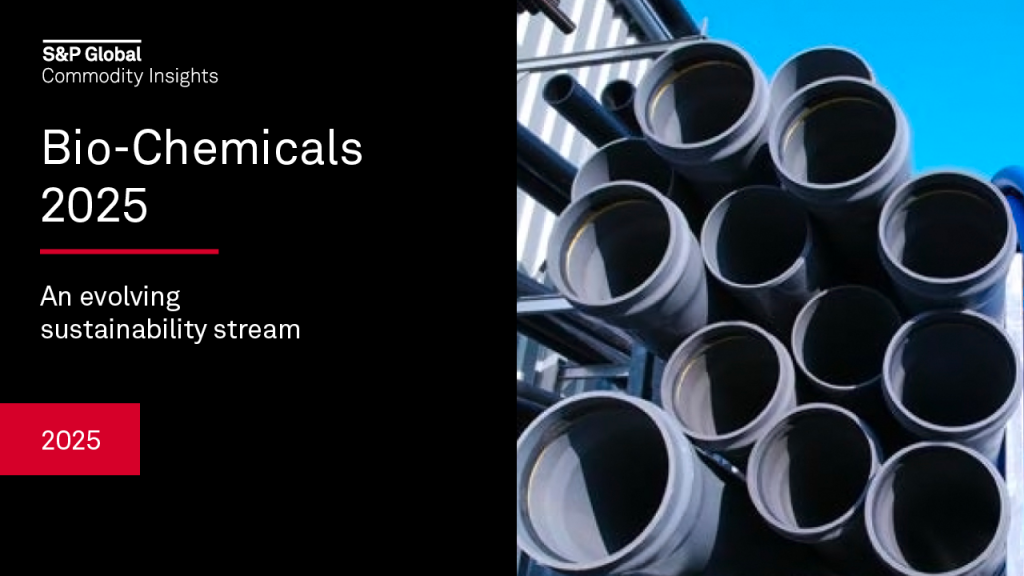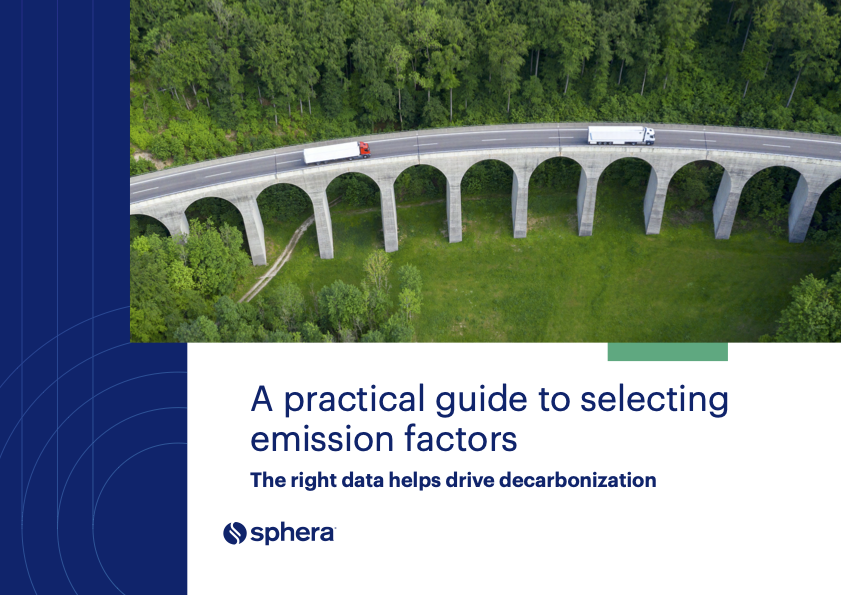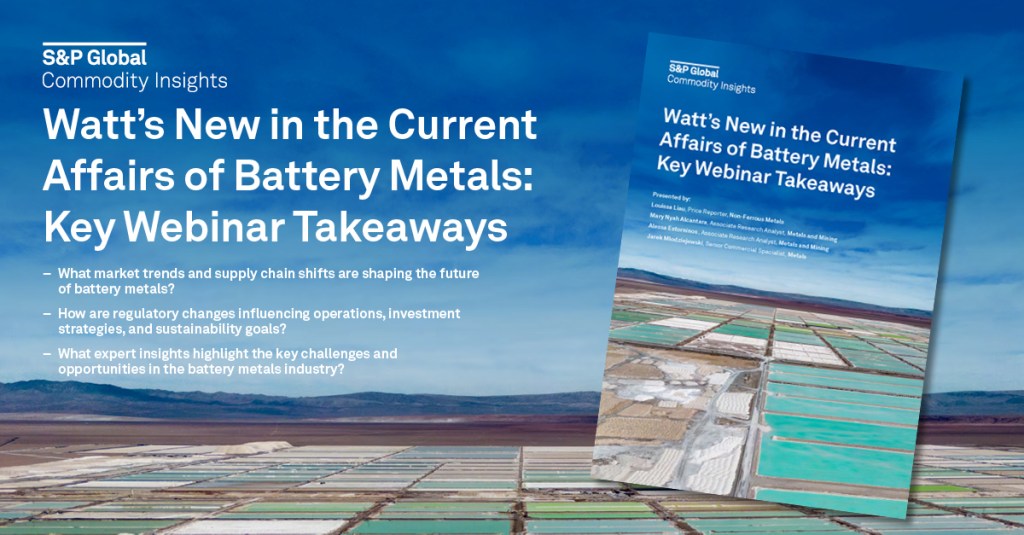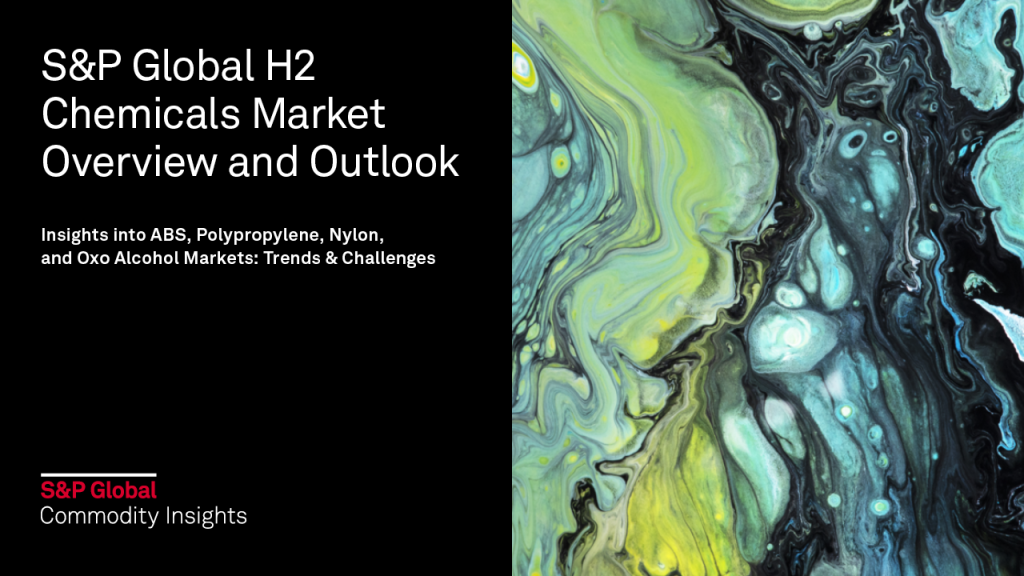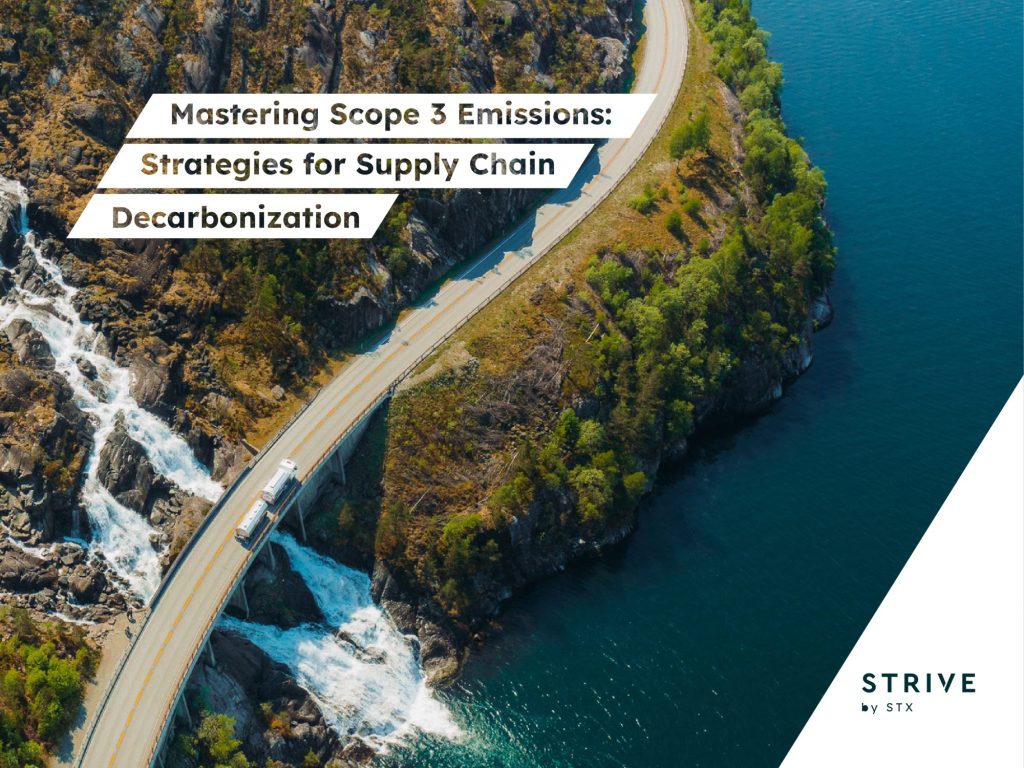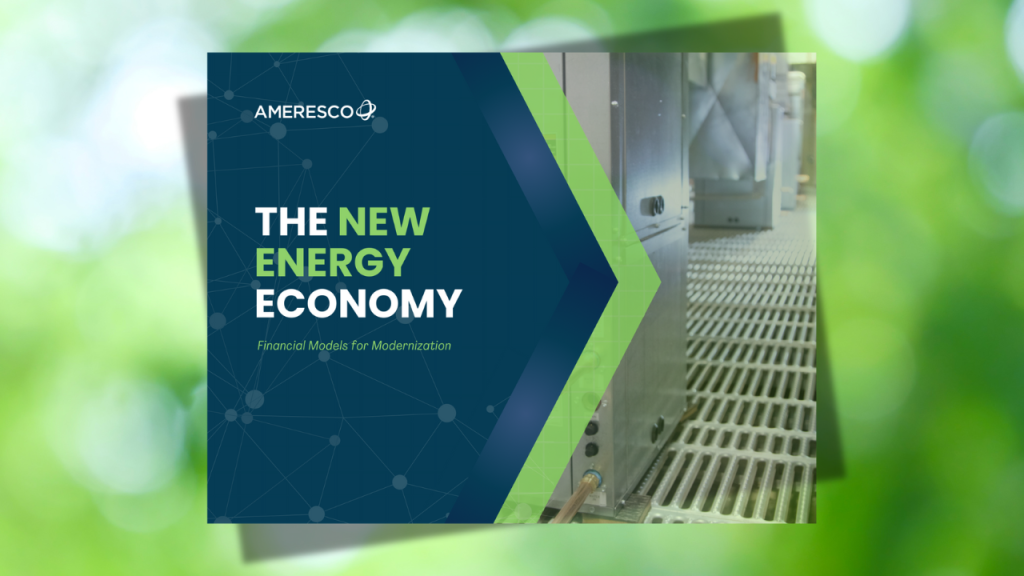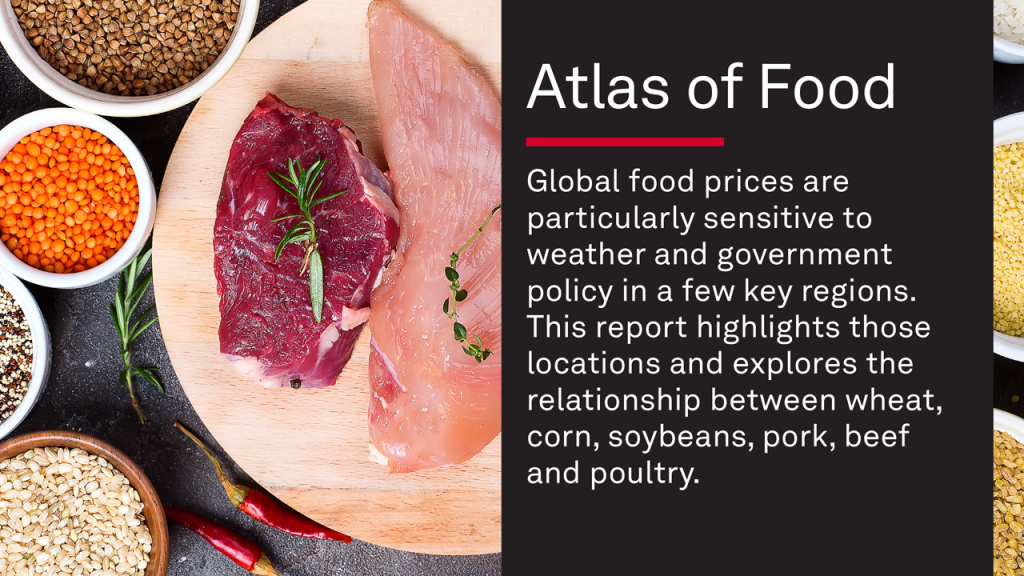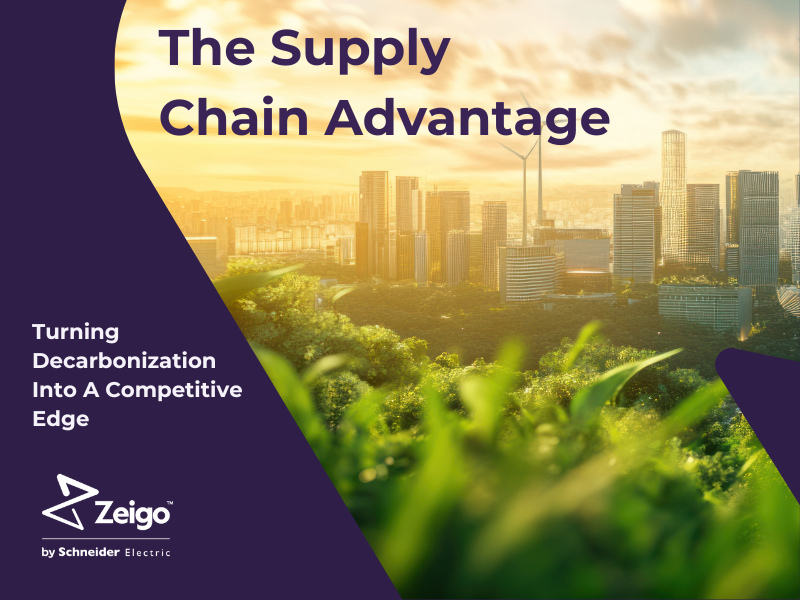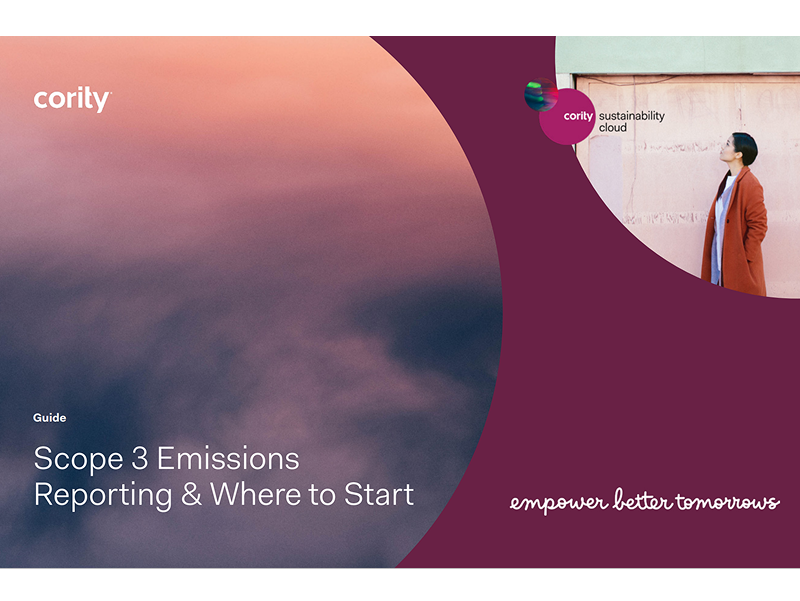Google uses carbon credit purchase to tackle short-lived super-pollutants
The tech giant will buy credits from projects that fund work in Indonesia and Brazil to lessen emissions of methane and hydrofluorocarbons. Read More

-
- Google has contracted for super-pollutant credits equivalent to eliminating 1 million tons of carbon dioxide
-
- Short-lived but high-impact warming gases such as methane and hydrofluorocarbons are playing a bigger role in mitigation strategies
-
- Google will tailor its credit purchases to address its emissions profile across different types of greenhouse gases
Google’s latest purchase of carbon credits targets a subset of greenhouse gases that is attracting increasing attention: super-pollutants that make an outsized if short-lived contribution to global warming.
The tech giant announced today that it had contracted for credits generated by projects that will eliminate 25,000 tons of methane and hydrofluorocarbons (HFCs) by 2030. Because the two gases trap heat more effectively than carbon dioxide, the impact of the credits over 100 years will be equivalent to eliminating 1 million tons of CO2, the company noted.
“We’re focusing these two deals on eliminating super-pollutants because at the highest level, it is scientifically the right thing to do,” said Randy Spock, Google’s carbon credits and removals lead.
One tranche of credits will come from work with HVAC systems in Indonesia, where Recoolit, the project developer, will pay technicians to safely destroy HFCs from home ventilation systems. A second project, developed by the non-profit Cool Effect, will help fund the installation of methane destruction equipment at a landfill in Cuiabá, Brazil.
New credit type
The purchases are a first foray by Google into the mitigation of super-pollutants. The company spent $100 million in 2024 on contracts for 790,000 tons of CO2, with a focus on biochar, enhanced rock weathering, direct air capture and reforestation — all projects that capture the gas from the atmosphere.
Super-pollutants pose a particular kind of problem, as they do not fit neatly into existing emissions accounting systems that compare the warming impact of different gases to CO2 over a 100-year period. Using that metric, the warming impact of methane is roughly 30 times greater than CO2. But that’s in part because most emitted methane leaves the atmosphere within a decade or so. Measured over a 20-year time frame, methane’s impact is around 80 times that of CO2. The emphasis on 100-year accounting means the contribution of methane and other super-pollutants to near-term warming is undervalued in mitigation strategies.
That appears to be changing. The Global Heat Reduction Initiative, a spin-off from SCS Global Services, a standards-setter and certifier of environmental projects, is promoting a more holistic form of emissions accounting that considers the near-term warming caused by methane and other gases. The initiative recently delivered its first customer report.
Tailored approach
In Google’s case, the company is considering how to tailor its credit purchases to compensate for both the short- and long-lived emissions it’s responsible for. “We have to acknowledge that we have both kinds of emissions in our footprint, and we need to address both,” said Spock.
In the company’s 2024 sustainability report, Google disclosed around 700 tons of methane emissions and 28 tons of HFCs in Scopes 1 and 2. The bulk of its emissions, though, were in Scope 3, which it did not break down by gas type.
Projects devoted to destroying HFCs are a relatively new idea, and none are yet registered with major carbon market standard setters, noted Ciska Terblanche, director of technologies for research and analytics at Calyx Global, an independent rater of carbon credits. Calyx has, however, issued high ratings for some similar projects focused on destroying ozone-depleting substances. “We believe this project type can generate high quality credits, particularly in developing countries,” Terblanche added.
Spock said that third-party verification was a requirement of the deal and would be in place before credits were generated by the projects.
[Get equipped with strategies to harness the power of capital for the clean economy transition at GreenFin, Oct. 28-30, San Jose.]

